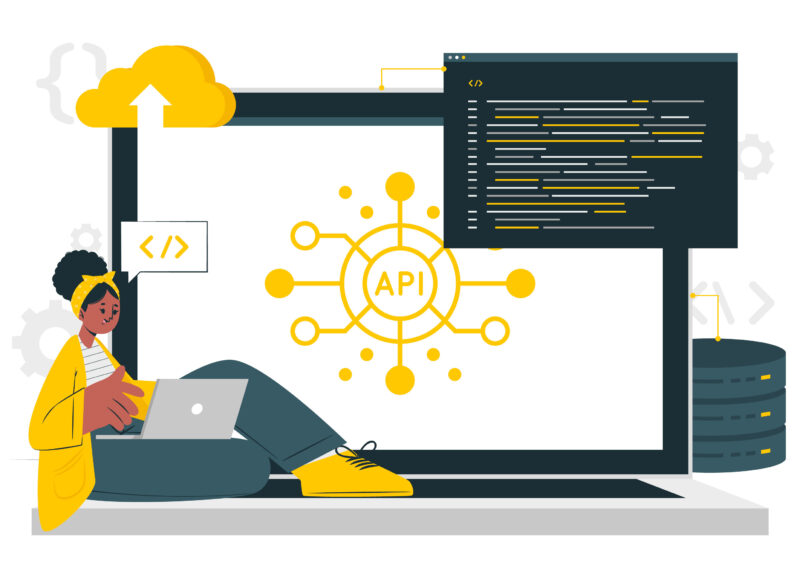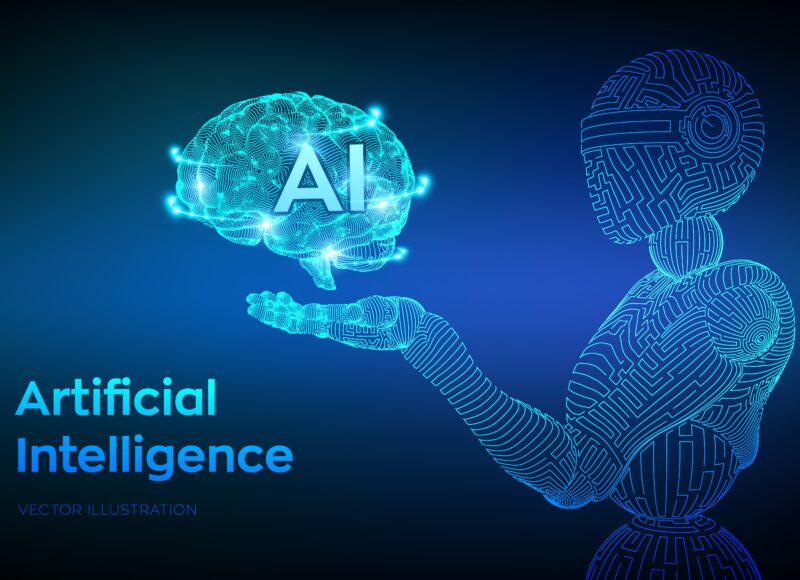Embedded Systems and the Internet of Things (IoT) are transforming the way we interact with technology, making everyday devices smarter and more connected. Embedded systems are specialized computing units designed to perform specific tasks within a larger device. Unlike general-purpose computers, they are often resource-constrained, meaning they use minimal power, memory, and processing to efficiently complete designated tasks. Commonly found in household appliances, medical equipment, and automotive electronics, embedded systems are usually a combination of hardware and software tailored for performance, reliability, and real-time functionality.
IoT, or the Internet of Things, extends the capability of embedded systems by connecting them to the internet, enabling communication between devices and centralized systems. IoT solutions gather data from embedded sensors, process it, and can trigger actions or provide insights through analysis. This interconnectedness has led to innovations in various sectors, including smart homes, healthcare, and agriculture, where IoT devices help monitor conditions, automate processes, and enhance decision-making. IoT devices typically use wireless technologies like Wi-Fi, Bluetooth, or cellular networks to send and receive data, which is then stored and processed, often in the cloud.
Together, embedded systems and IoT represent a shift towards a more connected, data-driven world. By integrating sensors, microcontrollers, and network interfaces, these technologies provide new ways to automate, optimize, and understand physical environments. Industries are leveraging IoT to improve efficiency, reduce costs, and develop smart applications that predict user needs. As IoT adoption grows, so does the need for secure, scalable, and energy-efficient embedded systems that can support a vast network of devices while maintaining robust performance and privacy standards.
Topics of Course
-
1.1 – Introduction to Embedded Systems and IoT
-
1.2 – What are Embedded Systems?
-
1.3 – Key Components of Embedded Systems
-
1.4 – Embedded Systems vs. General-Purpose Computers
-
1.5 – Embedded Systems Applications and Use Cases
-
1.6 – IoT (Internet of Things) and Embedded Systems
-
1.7 – Embedded Systems Design Considerations
-
1.8 – Programming Embedded Systems
-
1.9 – Challenges and Trends in Embedded Systems
-
1.10 – Future of Embedded Systems and IoT
-
2.1 – Basics of Microcontrollers
-
2.2 – Introduction to Embedded Systems and IoT
-
2.3 – What is a Microcontroller?
-
2.4 – Key Components of a Microcontroller
-
2.5 – Microcontroller Architecture
-
2.6 – Programming Microcontrollers
-
2.7 – Analog and Digital Interfaces
-
2.8 – Sensors and Actuators
-
2.9 – Microcontroller Applications
-
2.10 – Future Trends in Microcontroller Technology
-
3.1 – Introduction to Embedded Programming
-
3.2 – What are Embedded Systems?
-
3.3 – Key Components of Embedded Systems
-
3.4 – Microcontrollers and Microprocessors
-
3.5 – Sensors and Actuators
-
3.6 – Embedded Software Development
-
3.7 – Programming Languages for Embedded Systems
-
3.8 – Real-Time Operating Systems (RTOS)
-
3.9 – Embedded Systems and the Internet of Things (IoT)
-
3.10 – Future Trends in Embedded Programming
-
4.1 – Basics of IoT (Internet of Things)
-
4.2 – What is IoT?
-
4.3 – Key Components of IoT
-
4.4 – IoT Architectures
-
4.4 – IoT Architectures
-
4.5 – IoT Communication Protocols
-
4.6 – IoT Sensors and Devices
-
4.7 – Edge Computing and IoT
-
4.8 – IoT Data Management and Analytics
-
4.9 – IoT Security and Privacy Considerations
-
4.10 – IoT Applications and Use Cases
-
5.1 – Connectivity and Communication Protocols: Embedded Systems and IoT
-
5.2 – Introduction to Embedded Systems and IoT
-
5.3 – Fundamental Communication Protocols
-
5.4 – Wired Protocols: Ethernet, Serial Communication
-
5.5 – Wireless Protocols: Wi-Fi, Bluetooth, Zigbee, LoRa
-
5.6 – Internet Protocols: TCP/IP, HTTP, MQTT, CoAP
-
5.7 – Emerging Protocols: 5G, Thread, Matter
-
5.8 – Interoperability and Integration Challenges
-
5.9 – Security Considerations for IoT Connectivity
-
5.10 – Real-World IoT Application Examples
-
6.1 – IoT Devices and Sensors: Powering the Future of Embedded Systems
-
6.2 – Introduction to Embedded Systems and IoT
-
6.3 – The Role of Sensors in IoT Devices
-
6.4 – Sensor Types and Capabilities
-
6.5 – Data Collection and Transmission in IoT
-
6.6 – IoT Device Architecture and Design
-
6.7 – Power Management in IoT Devices
-
6.8 – Wireless Connectivity for IoT Devices
-
6.9 – Security Challenges and Solutions in IoT
-
6.10 – IoT Ecosystem and Integration
-
7.1 – Introduction to IoT Platforms and Cloud Services
-
7.2 – What is the Internet of Things (IoT)?
-
7.3 – Key Components of an IoT System
-
7.4 – Advantages of IoT Technology
-
7.5 – Challenges in IoT Implementation
-
7.6 – Introduction to IoT Platforms
-
7.7 – Popular IoT Platform Providers
-
7.8 – Features and Capabilities of IoT Platforms
-
7.9 – The Role of Cloud Services in IoT
-
7.10 – Benefits of Integrating IoT with Cloud Computing
-
8.1 – Embedded Systems and IoT: Powering the Future
-
8.2 – What are Embedded Systems?
-
8.3 – Key Components of Embedded Systems
-
8.4 – Embedded Systems in IoT Applications
-
8.5 – Advantages of Embedded Systems in IoT
-
8.6 – Challenges in Embedded Systems Design
-
8.7 – Hardware Considerations for Embedded Systems
-
8.8 – Software Architectures for Embedded Systems
-
8.9 – Embedded Systems Testing and Debugging
-
8.10 – Emerging Trends in Embedded Systems and IoT
-
9.1 – Security in IoT Systems
-
9.2 – Introduction to IoT and Embedded Systems
-
9.3 – Challenges in IoT Security
-
9.4 – Secure Device Design
-
9.5 – Secure Device Provisioning
-
9.6 – Secure Communication Protocols
-
9.7 – Secure Data Storage and Processing
-
9.8 – Vulnerability Management and Patching
-
9.9 – IoT Security Standards and Best Practices
-
9.10 – Conclusion and Future Considerations
-
10.1 – Building a Simple IoT Project
-
10.2 – What is an IoT Project?
-
10.3 – Essential Components of an IoT System
-
10.4 – Selecting a Microcontroller for IoT
-
10.5 – Choosing Sensors and Actuators
-
10.6 – Connecting Devices to the Internet
-
10.7 – Sending Data to the Cloud
-
10.8 – Visualizing and Analyzing IoT Data
-
10.9 – Securing Your IoT Project
-
10.10 – Best Practices for IoT Project Development




